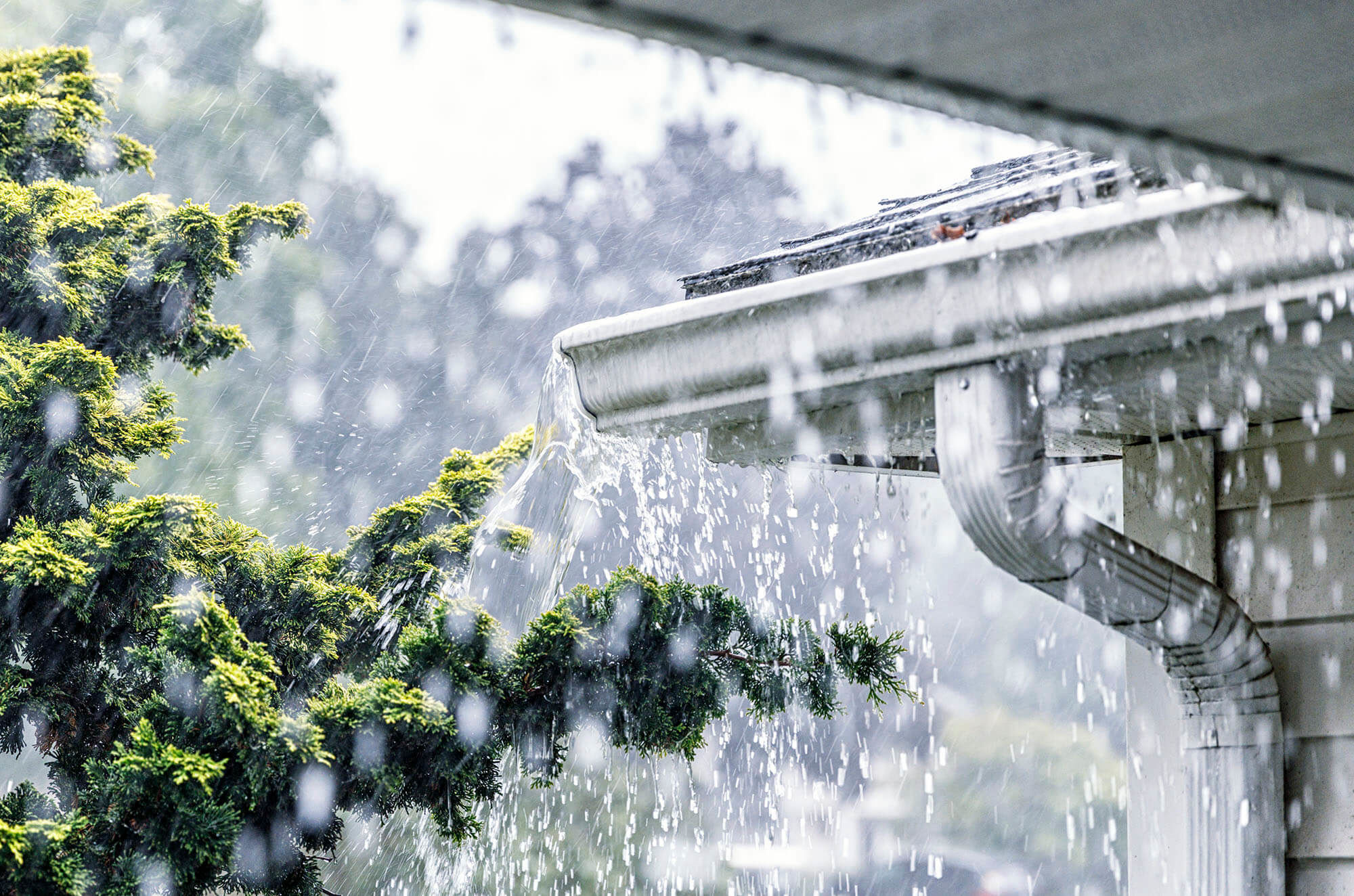Any house built at ground level, and not adequately protected, is technically susceptible to rising damp. However, if you live in the Great Sandy Desert you’re probably pretty safe from this particular problem. That’s because weather conditions play an important role in the development of rising damp. Those parts of Australia that experience high rainfall are not surprisingly the places most prone to rising damp; however, humidity levels also play a significant role in the consequences of rising damp.
But why is this? Let’s take a look.
How does wet weather cause rising damp?
When it rains heavily the water table rises, potentially exposing the underside of your house to groundwater. Houses are mostly built from materials that are porous (like stone, brick or timber) and while modern homes feature a water barrier, known as a damp proof course, (DPC) if this barrier is damaged or faulty, water may be able to infiltrate the house. The water then makes its way up into walls through a process known as capillary action. Essentially water is drawn up through tiny channels in porous materials by the force of surface tension. The surface tension compels the water to act against the force of gravity and can result in water rising into walls as high as about 1.2m above the ground.
What role does humidity play in rising damp?
High humidity can exacerbate the problem by providing optimum conditions for mould to flourish on damp walls. Just as importantly, humidity levels also affect the way salts (which are drawn up with the water) behave in the wall material. When humidity is high, water isn’t evaporating out of the walls which mean salts stay at lower concentrations. If the humidity levels drop, water will evaporate, this causes replacement water (again containing salts) to be drawn up the wall, resulting in higher and higher concentrations of salt in the walls.
If your walls are made of stone, brick or mortar, the consequences of salt build-up can be nasty. At some point, (if humidity stays low and water keeps evaporating) the salt solution will reach a point known as saturation or super-saturation. At this stage, the salt starts to form crystals and, if the humidity is low, these crystals form inside your walls rather than externally. The crystals can actually cause masonry to crumble and disintegrate and, with brickwork, they can break down the fire skin (the tough, kiln-fired outer layer of the brick).
High rainfall is a mainstay of tropical North Queensland and the northern chunk of the Northern Territory, but incidences of rising damp in properties located in this tropical part of Australia are actually much lower than further south. This is because houses in these regions have been designed with ventilation as a top priority. Many houses are also built off the ground to catch the breeze and avoid flooding.
It’s actually further south that we see higher incidences of rising damp. Many older homes in Sydney and Melbourne in particular may never have had a damp proof course (DPC) installed in the first place, meaning they are sitting ducks for rising damp.
If you have a modern home, the DCP should protect you; however if you detect signs of rising damp in your home, contact us today for peace of mind.

